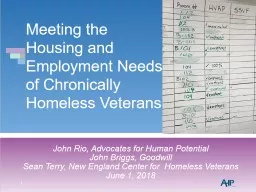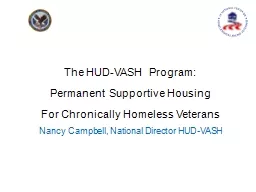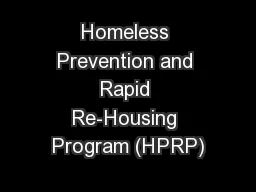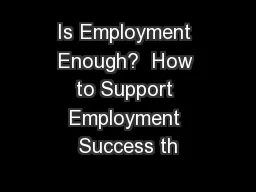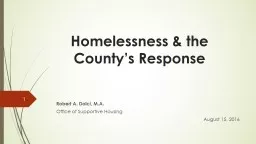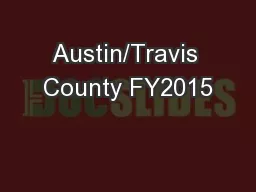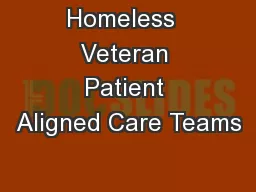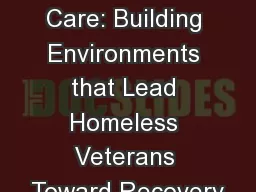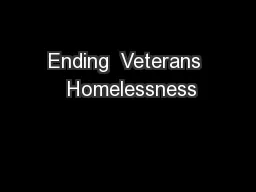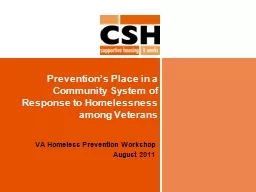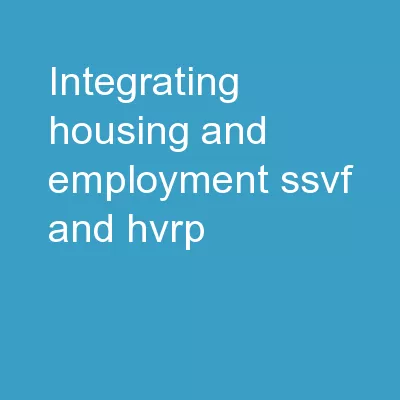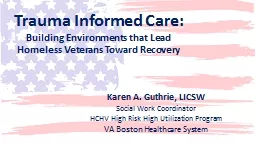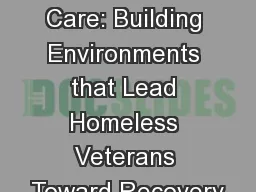PPT-Meeting the Housing and Employment Needs of Chronically Homeless Veterans
Author : kittie-lecroy | Published Date : 2018-10-27
John Rio Advocates for Human Potential John Briggs Goodwill Sean Terry New England Center for Homeless Veterans June 1 2018 1 2 Would More Veterans in Housing Programs
Presentation Embed Code
Download Presentation
Download Presentation The PPT/PDF document "Meeting the Housing and Employment Needs..." is the property of its rightful owner. Permission is granted to download and print the materials on this website for personal, non-commercial use only, and to display it on your personal computer provided you do not modify the materials and that you retain all copyright notices contained in the materials. By downloading content from our website, you accept the terms of this agreement.
Meeting the Housing and Employment Needs of Chronically Homeless Veterans: Transcript
Download Rules Of Document
"Meeting the Housing and Employment Needs of Chronically Homeless Veterans"The content belongs to its owner. You may download and print it for personal use, without modification, and keep all copyright notices. By downloading, you agree to these terms.
Related Documents

